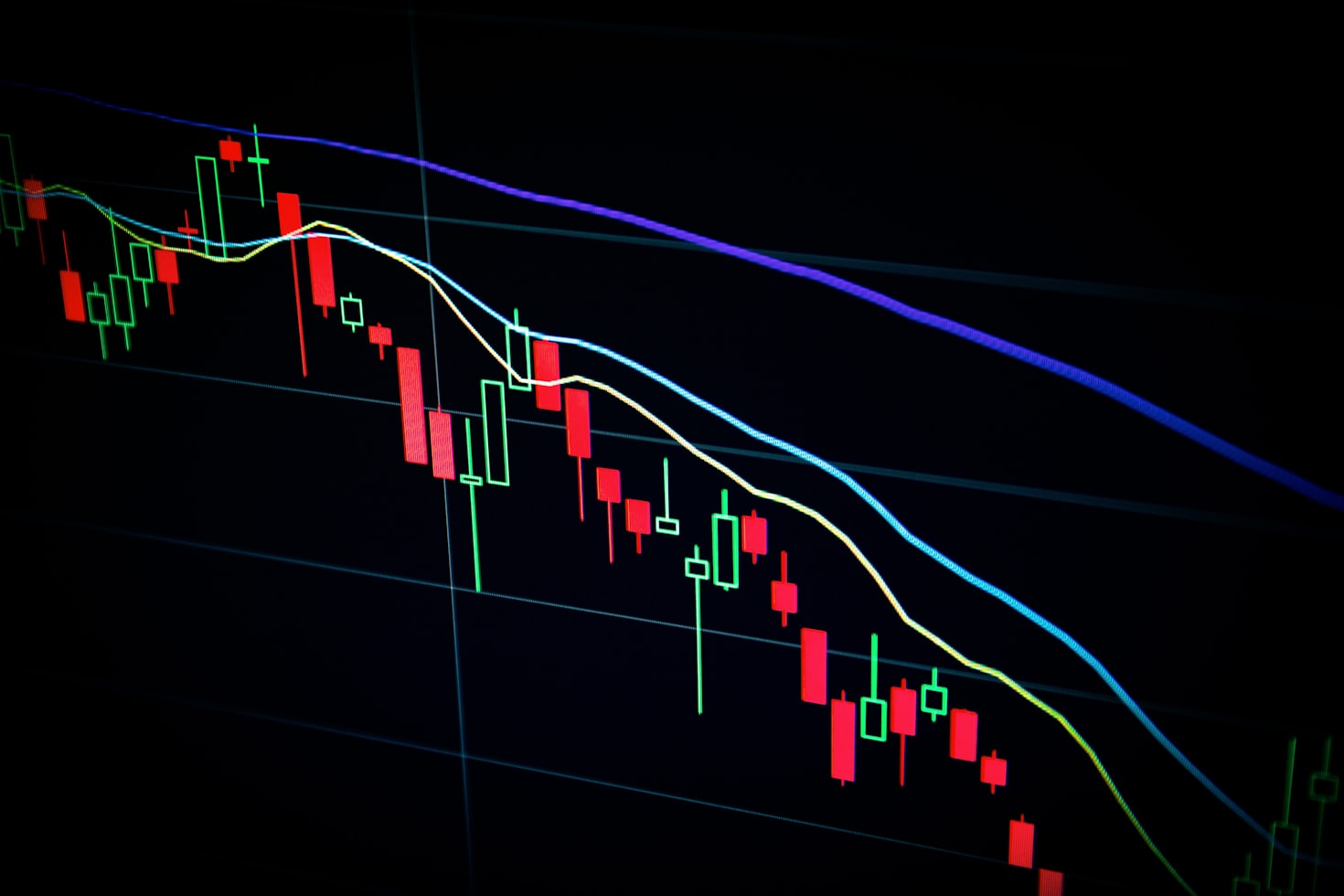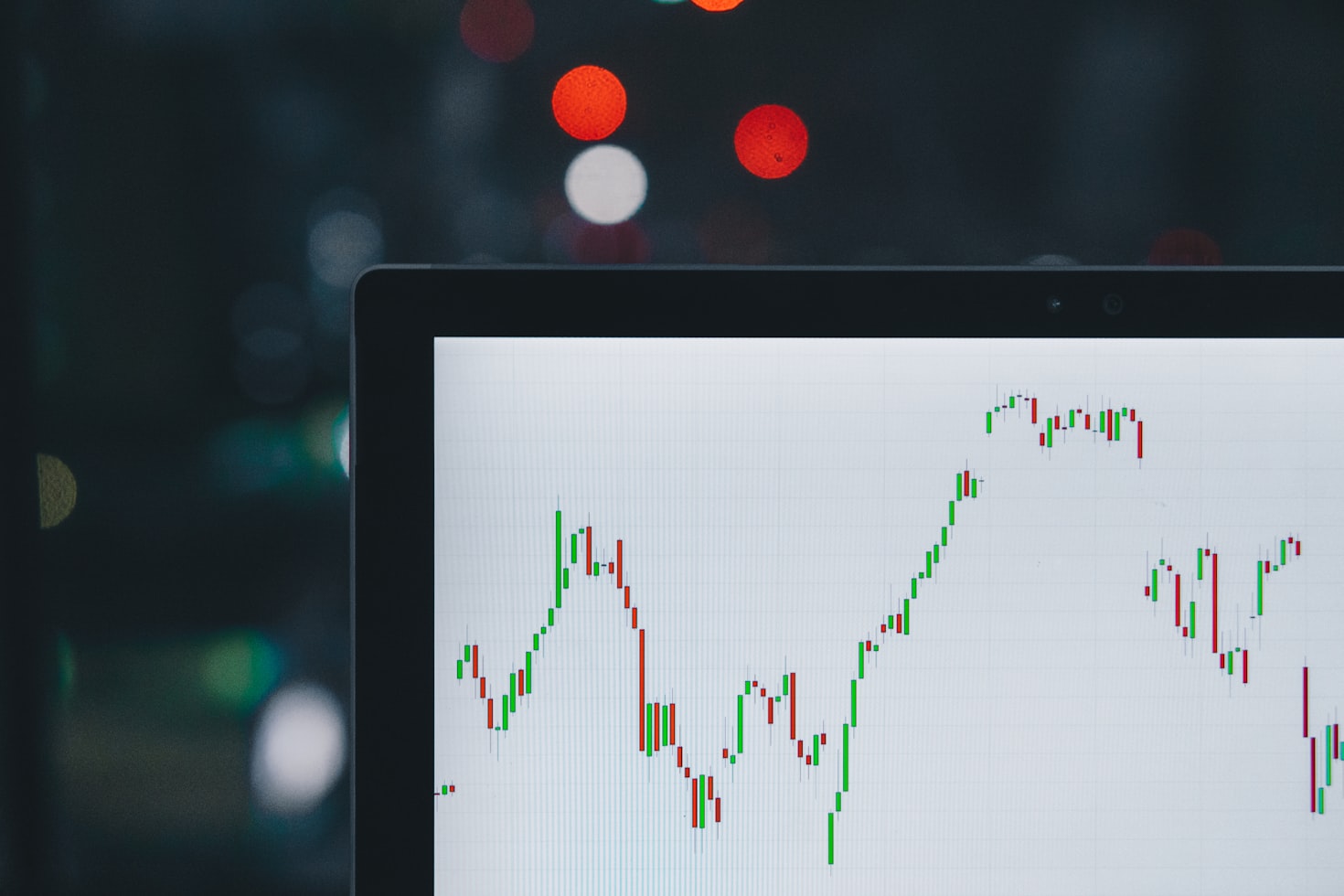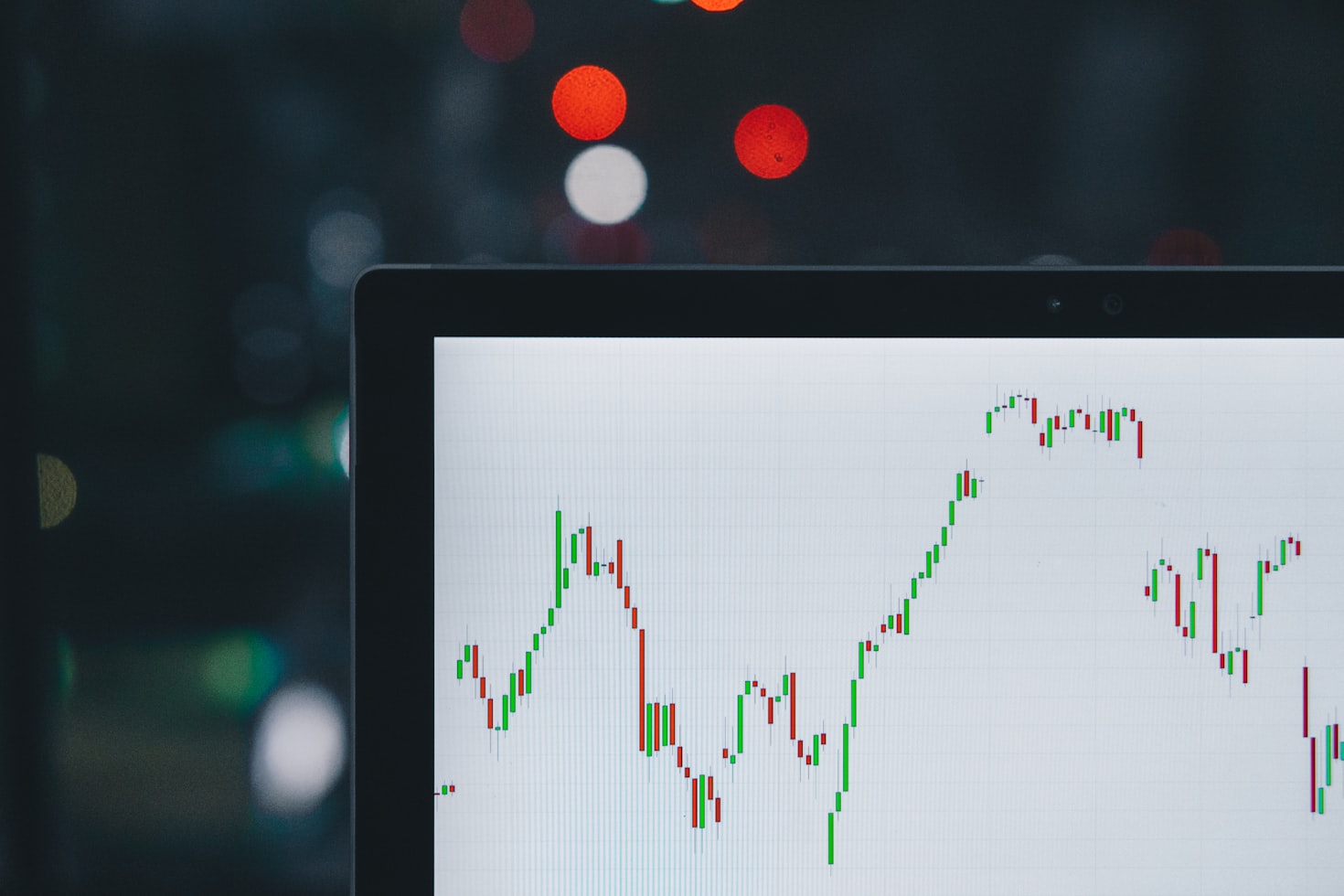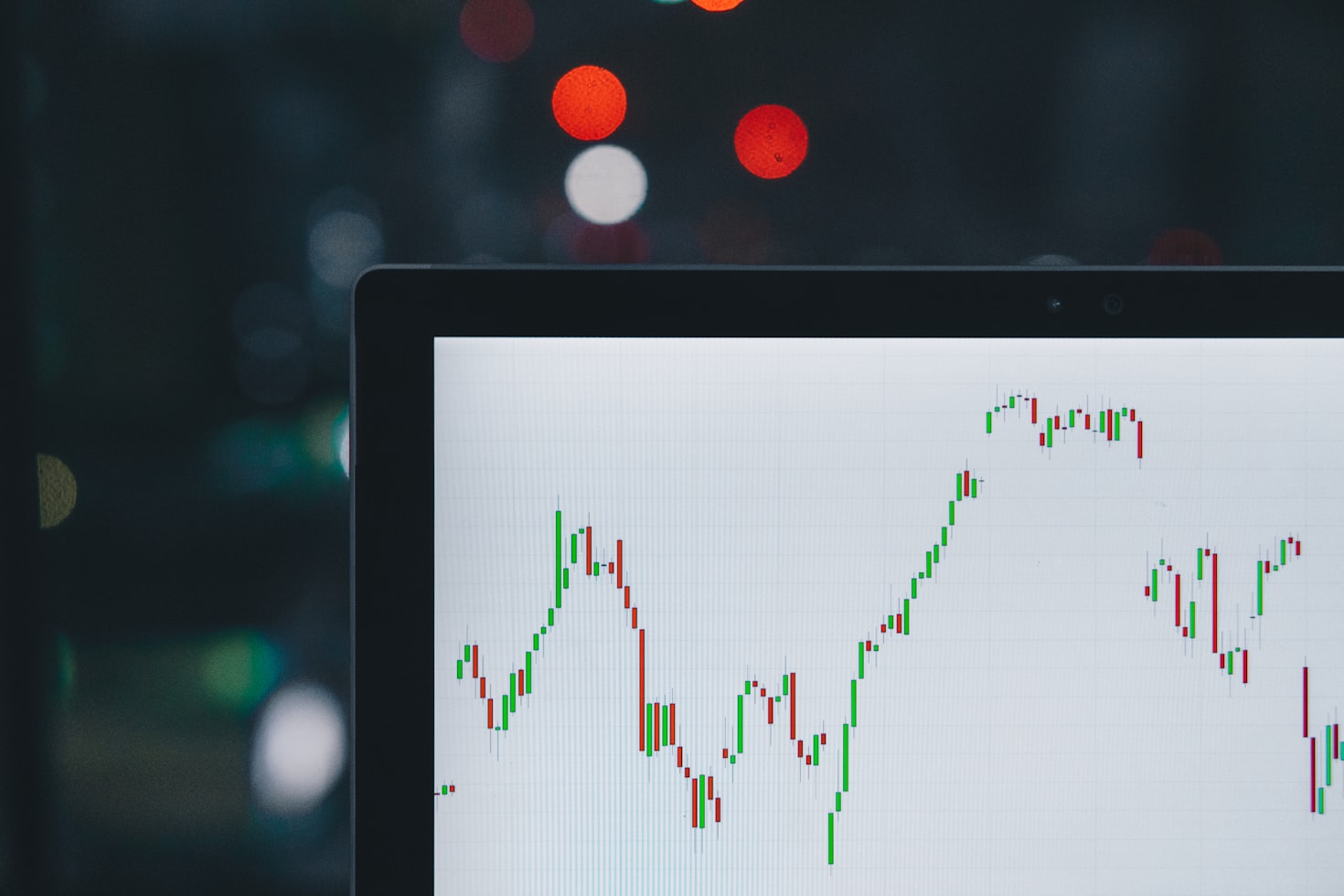The Copper Conundrum: Rising Prices Signal Strength, But What Does it Mean for Indian Investors?

As the global economy continues to navigate the complexities of a post-pandemic recovery, one commodity has caught the attention of financial analysts and investors alike: copper. Rising copper prices have sparked a flurry of excitement, with many hailing it as a bellwether for the long-term health of the economy. But what does it mean for Indian investors, and how should they navigate this new landscape?
The Significance of Copper Prices
Copper is often referred to as “Dr. Copper” due to its ability to predict the health of the economy. As a key component in many industries, including construction, manufacturing, and technology, copper prices are closely tied to global economic activity. When copper prices rise, it’s often seen as a sign of a strengthening economy, driven by increased demand and production.
The Indian Context
In India, the copper market is a significant contributor to the country’s industrial production. The country is the world’s second-largest copper producer, and the metal is used extensively in sectors such as automotive, electrical, and construction. Rising copper prices could have a positive impact on Indian industries, particularly those that rely heavily on copper imports.
For Indian investors, rising copper prices could be a sign of a strengthening economy, which could lead to increased investment opportunities and job creation. However, it’s essential to note that the Indian economy is still grappling with challenges such as high inflation, a widening current account deficit, and a fragile banking system. Therefore, investors should approach this development with caution and consider the broader economic context.
The Impact on Indian Investors
For individual investors, rising copper prices could be an opportunity to diversify their portfolios and potentially generate higher returns. However, it’s crucial to remember that commodities are known for their volatility, and prices can fluctuate rapidly. Investors should consider hedging their exposure to copper prices or investing in sector-specific funds that have a strong track record of performance.

For institutional investors, such as pension funds and insurance companies, rising copper prices could be an indication of a strengthening economic outlook, which could lead to increased investment returns. However, they should also be mindful of the potential risks associated with commodities and ensure that their investment portfolios are diversified and well-hedged.
Commodity Cycles and the RBI
The Reserve Bank of India (RBI) has been actively monitoring commodity prices and their impact on the economy. In its bi-monthly monetary policy review, the RBI has noted the rise in commodity prices, including copper, and has expressed concerns about the potential inflationary pressures. While the RBI has not explicitly linked copper prices to its monetary policy decisions, it’s likely that the central bank will continue to monitor the situation closely and adjust its policies accordingly.
Global Perspective
Rising copper prices are not unique to India; they are being seen globally as a sign of a strengthening economy. According to the International Copper Association, global copper demand is expected to continue growing, driven by the increasing adoption of electric vehicles and renewable energy sources. This trend is expected to benefit countries like Chile, Peru, and the Democratic Republic of Congo, which are major copper producers.
Conclusion
Rising copper prices are a welcome development for Indian investors, as they signal a strengthening economy and potentially increased investment opportunities. However, it’s essential to approach this development with caution and consider the broader economic context. Investors should diversify their portfolios, hedge their exposure to copper prices, and monitor the situation closely. As the RBI continues to monitor commodity prices and their impact on the economy, Indian investors can expect a more nuanced approach to monetary policy, with a focus on managing inflationary pressures and promoting economic growth.
Key Takeaways


